Israel builds buffer zone along Gaza border, risking new rift with US
Soldiers have been creating a no man’s land just inside the enclave.
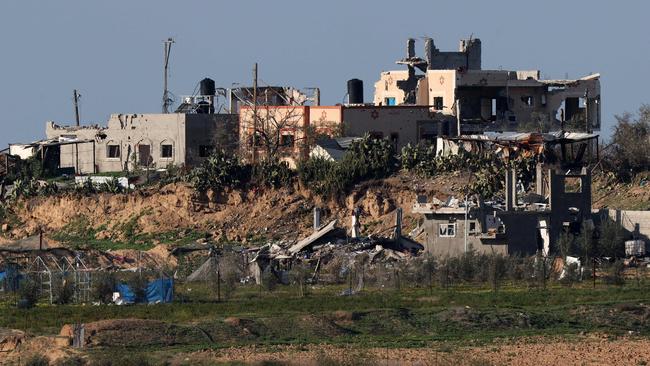
Beginning last November, an Israeli soldier and members of his reserve unit worked day after day in a northern section of the Gaza Strip to create a wasteland.
Their orders were to clear a 1-kilometer-wide area along the border, the soldier said, as part of an Israeli plan to construct a security zone just inside Gaza — to which Palestinians would be barred entry.
With bulldozers and other heavy equipment, they levelled greenhouses and other structures, filled Hamas militants’ tunnel shafts and ploughed under farm fields.
“Everything has been flattened,” the soldier said. “It was mostly agriculture. Now it’s a military zone, a complete no man’s land.” To Israeli officials, the buffer zone is a critical security measure in their plan to demilitarise Gaza and assure Israelis that they can return safely to the towns and communities near the border that were evacuated after the Oct. 7 attack that killed 1,200 people.
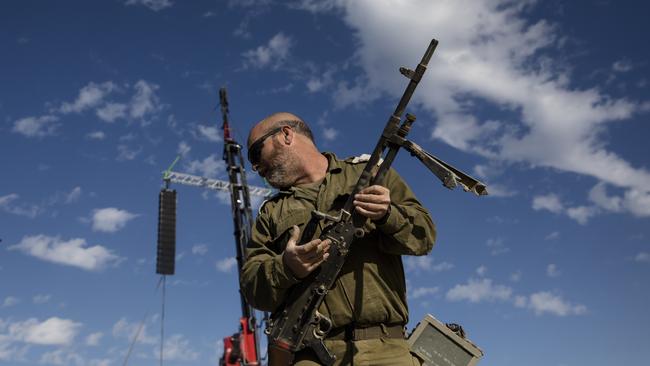
It would create a clear field of fire so Israeli troops can see and stop anyone approaching the frontier.
The project is a source of growing frustration for U.S. officials, who say they first voiced their opposition to such plans shortly after the Gaza war began and have watched with growing dismay as Israel has pushed ahead anyway.
U.S. officials warn that turning the border along the 25-mile-long Gaza Strip into a no man’s land would deepen Palestinian fears that Israel intends to occupy all or part of the crowded enclave, and make it harder to persuade Arab governments to help rebuild the shattered territory after the fighting stops.
Secretary of State Antony Blinken voiced opposition to the concept Tuesday after the Israeli military said 21 soldiers had been killed during demolitions of buildings while attempting to create a security zone.
“We’ve been very clear about our opposition to the forced displacement of people. We’ve been very clear about maintaining in effect the territorial integrity of Gaza,” Blinken told reporters.
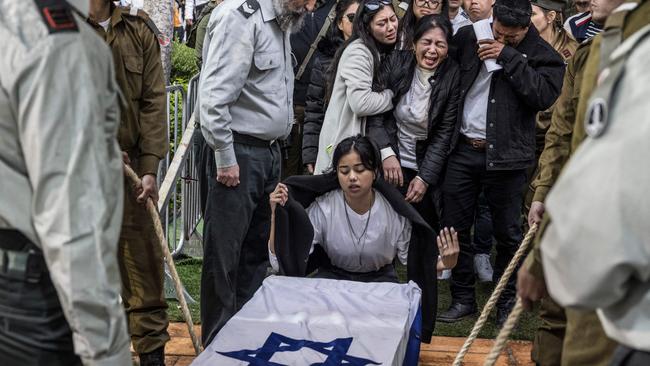
But, in a sign of the difficulty the U.S. faces in pressuring Israeli Prime Minister Benjamin Netanyahu’s government to halt the project, Blinken indicated Washington might accept a zone temporarily, saying questions remained about “transitional arrangements” when Israeli military operations slow.
Israeli officials agree the buffer zone could be temporary, but they have given no timetable for how long it might be necessary. Nor have they publicly described the size of the planned strip and other details.
Some sections might be one-kilometer wide but that could vary, depending on the topography and how close Palestinian communities are to the border, according to a former Israeli official familiar with the plans.
In some areas, Israel’s military might not remove all structures in the zone, as they already have in some places, two current officials and the former official said. Israeli officials haven’t said what would happen to people who enter the zone.
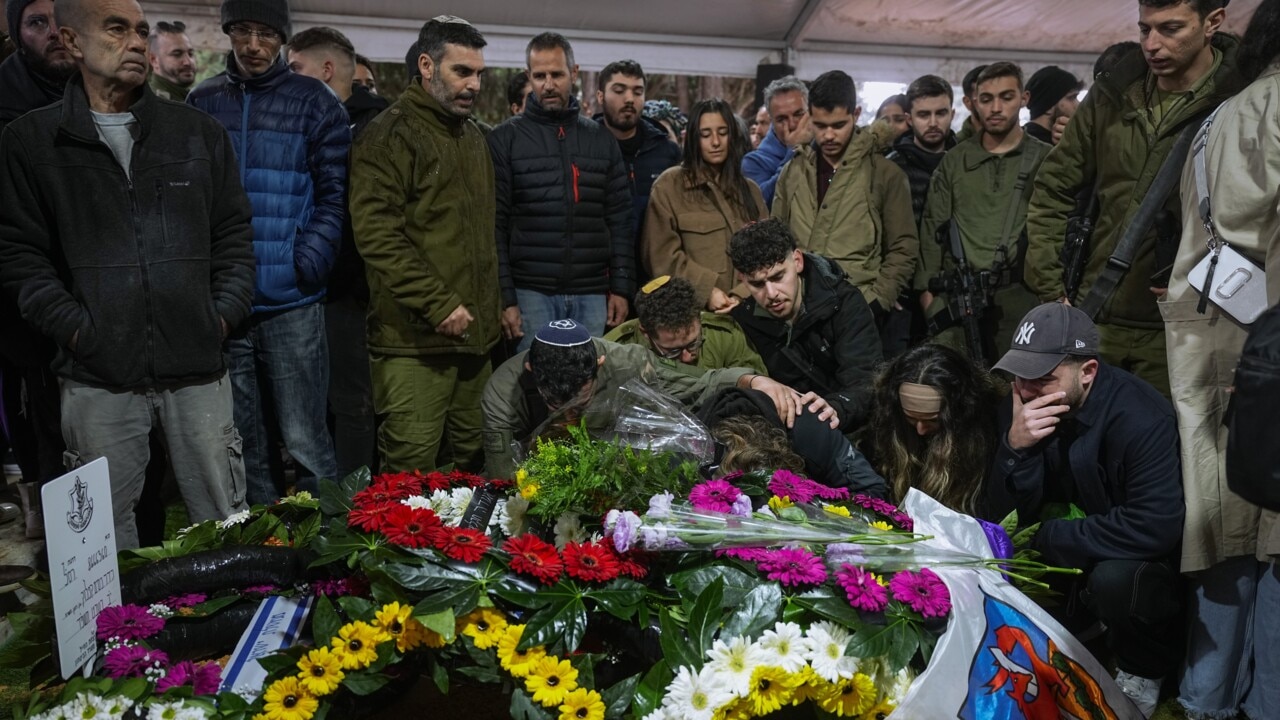
Israel already had a no-go zone for Gazans near sections of the border before Oct. 7, but the restrictions weren’t always enforced. Jonathan Conricus, a former Israeli military spokesman, said Hamas was able to send operatives close to the security fence disguised as protesters, allowing them to conduct reconnaissance in preparation for the Oct. 7 attack.
A kilometre-wide zone likely wouldn’t prevent future rocket launches or drone attacks from within Gaza by Hamas fighters and other militants who survive the war, analysts said.
Asked about the clearance of areas along the border, Israel’s military said in a statement that it was removing “terror infrastructure,” calling the work “imperative … in order to implement a defence plan that will provide improved security in Southern Israel.” The work is already well advanced in some areas, according to a study by Adi Ben Nun, a professor at Hebrew University in Jerusalem that examined satellite imagery since the beginning of the war. The Israeli military appears to have demolished 1,072 out of 2,824 structures located one kilometre or less from the border, he said. Most of the buildings were residential, according to his study.
The most built-up area of the potential buffer zone is near Khan Younis, the largest city in southern Gaza and where Israeli troops have been operating for over a month. There 67%, or 704 of 1,048, buildings have been demolished within one kilometre of the border, the study found.

Israeli soldiers who have returned from Gaza have said many homes and buildings had been booby-trapped by Hamas. Many were also used to store weapons or hide tunnel shafts along the enclave’s perimeter, soldiers say.
The Israeli military said it was “locating and destroying terror infrastructures embedded, among other things, inside buildings.” The military characterised its work as “imperative” to improve security in the south of the country.
Conricus, the former military spokesman, said that putting the buffer zone in Israel’s territory would punish the victims of Hamas’s Oct. 7 attack.
“They are the ones that need to be protected. They are not the aggressors,” said Conricus, who is now a senior fellow at the Foundation for Defense of Democracies.
Shall Arieli, a former Israeli colonel who served in Israel’s Gaza division and is now an expert on Israeli borders, said the creation of a permanent buffer zone inside Gaza likely would be illegal under international law because Israel would be assuming control of land beyond its recognised territory and, as an occupying power, would be prohibited from altering boundaries.
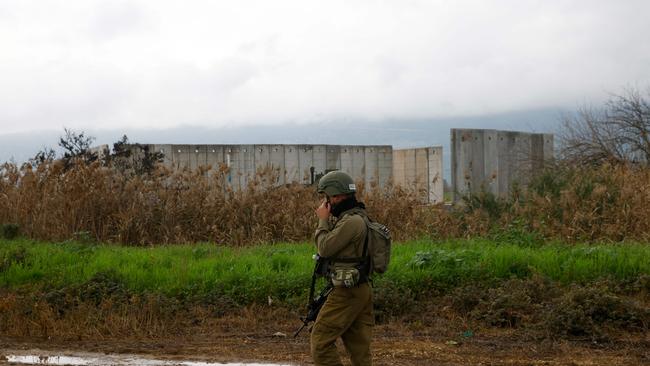
Netanyahu and other Israeli officials have said they don’t intend to permanently occupy Gaza, but they have said they would maintain “security control” for an indefinite period, a term they have not defined but that, in addition to a buffer zone, is likely to include the option to mount raids against militants even after the war ends.
Along the border inside Gaza, the work on clearing the land is continuing. The goal, said the reservist soldier who was working in the northern Gaza, was to clear any obstacles that would prevent Israeli forces in the future from keeping watch on the zone.
While he and other soldiers were working, militants twice appeared out of underground tunnels and fired rocket-propelled grenades at the armoured bulldozers they were using to clear the area, he said. Two soldiers were wounded, he said.
The Wall Street Journal


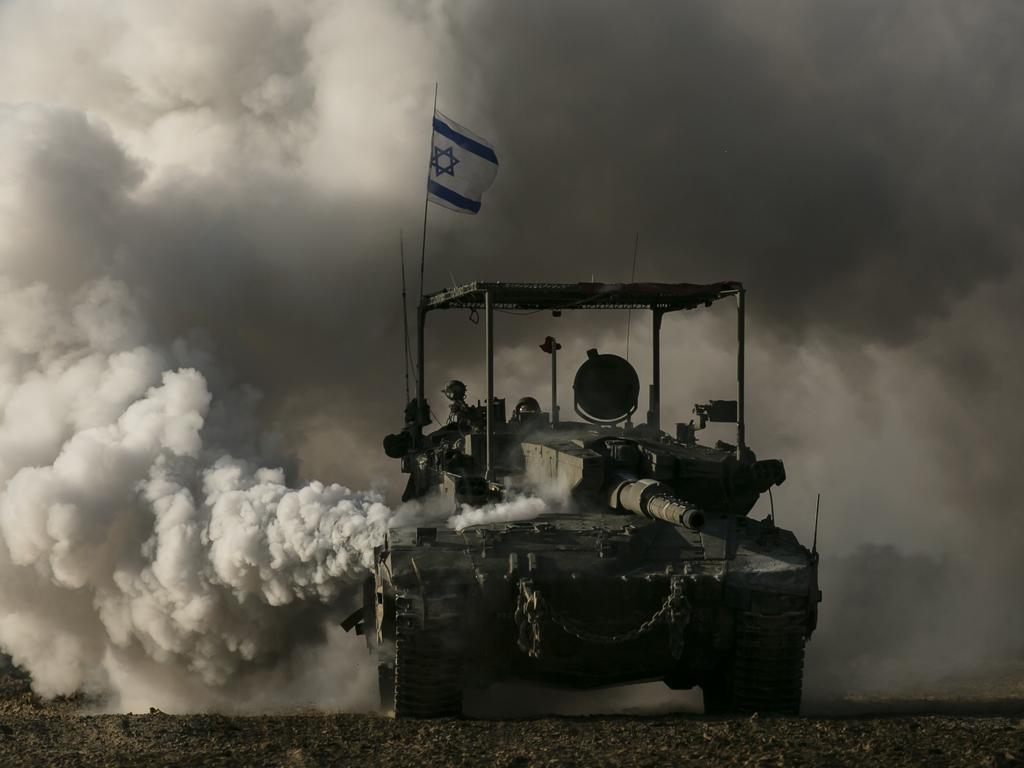
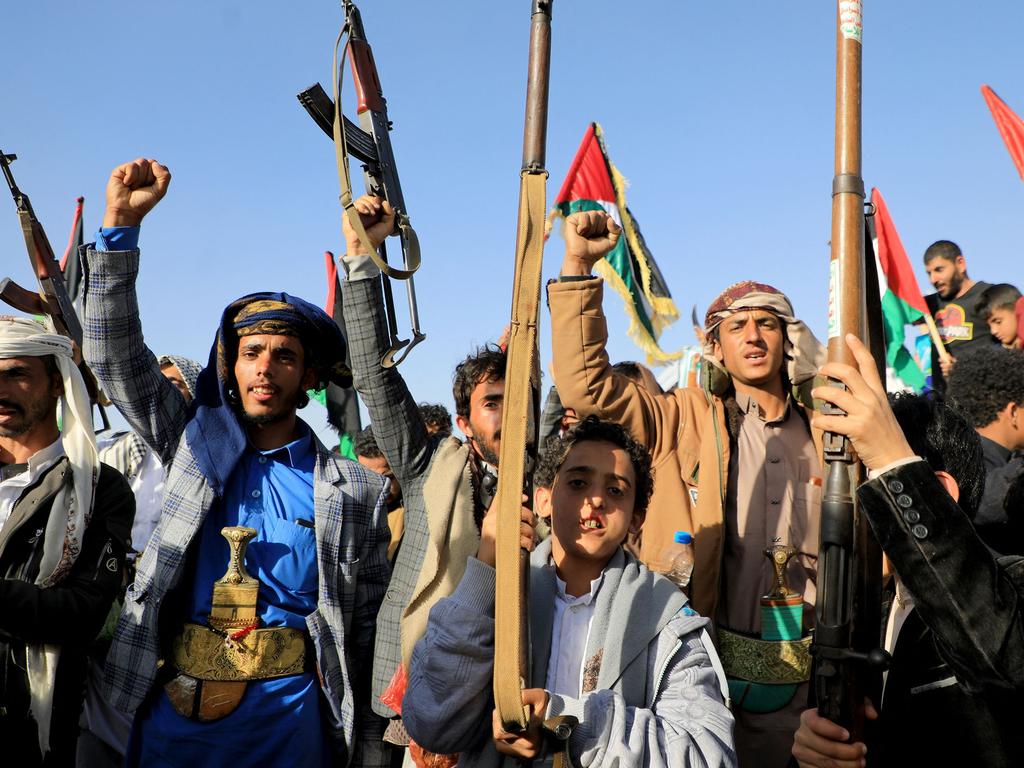

To join the conversation, please log in. Don't have an account? Register
Join the conversation, you are commenting as Logout